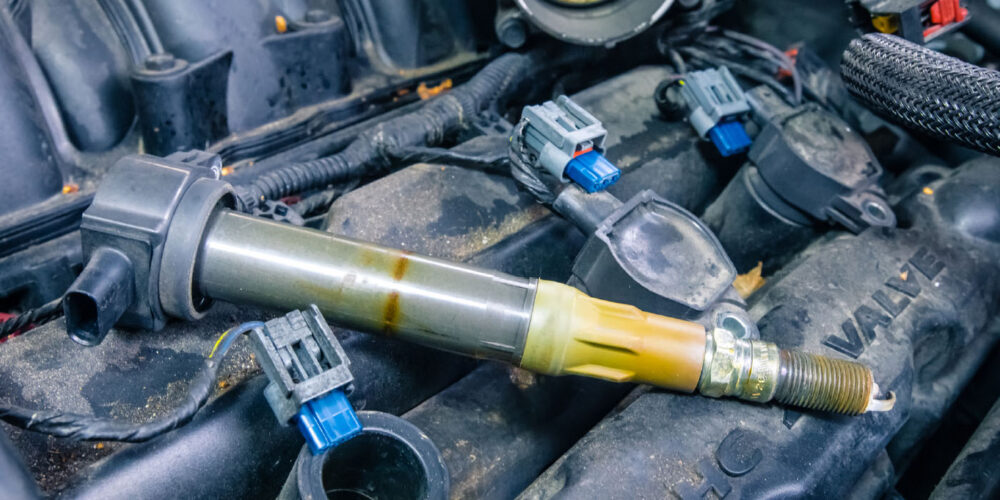One of the great debates in automotive service is oil drain intervals. The correct oil change interval is the one prescribed by the engine manufacturer that can be found in a vehicle owner’s manual. Oil drain interval is determined by the engine type, drivetrain, vehicle type and expected use. Each OEM tests its own vehicles to determine the proper drain interval.
Some OEMs may have changed to longer drain recommendations as engines and motor oils are far more advanced over those produced even a few years ago. However, this is not always true, so you should check the owner’s manual for the specific drain interval for every vehicle. Understanding the type of driving a customer does with their vehicle is also beneficial. Generally speaking, most consumers drive a severe cycle of short-trip or stop-and-go type service, so using the severe service drain interval is recommended. With summer comes increased travel, which may include towing a boat or trailer. Those who use their car, SUV or light-duty truck for towing should also follow recommendations for severe service.
There isn’t a downside to more frequent oil changes. A shorter drain will provide the best defense against harmful engine deposits, better oil consumption control, improved fuel economy and lower wear on engine parts. More frequent oil changes also may help you discover a more serious engine problem, such as a coolant leak, before serious damage occurs.
Engine deposits and wear are slow, sure killers of performance and engine life. In most cases, by the time you are aware of an issue, the damage has been done and often cannot be reversed without an engine rebuild. Changing the oil in a vehicle at the appropriate drain interval is the easiest, most cost-effective insurance against lubricant-related engine damage.
Courtesy of Pennzoil.
For additional information on products offered by Pennzoil, visit www.pennzoil.com.














